My passport has twice been brought to the US State Department to have pages added because of my business travels. However, on these trips, I never really saw the countries I visited. I became an expert in airport lounges, taxis, business hotels and how to get to the office. Lesson #24: Do not cross the eight lane highway in Moscow that is between the Swiss hotel and my office, unless you like to play human frogger. Similarly, many of our cruising experiences keep us isolated from island life. We know which anchorages are lined with anchor-fighting grass and which beaches make for dangerous dinghy landings because of breaking waves. We meet locals when they drive us in their cabs or feed us in their restaurants. As the sun sets, we return to Two Fish and the locals head inland to their homes, churches and chicken BBQs. Sailing South, we change countries every week and chant the typical cruising refrain, “We are going too fast”. Are we doing the middle-age equivalent of a ten day, nine country tour of Europe? “Ladies and gentleman that is Switzerland and on the left there is France. Soon we will be in Spain where they speak Spanish.”
It takes a bit of guts and some luck to meet the locals. Sometimes they can be taken aback when you reach out. Sometimes they are trying to sell you something, not trying to meet you. But remove your NYC veneer and you might see something through someone else’s eyes. I did, for a brief time in Montserrat.
For this story, you will need to understand a bit of geology. There are two types of volcano eruptions. There is the Hawaiian style, in which lava flows out of the volcano like a river. This is dangerous, but predicable in its path of destruction. The second is pyroclastic, in which the volcano’s dome grows in size over a period of years, venting off sulfur, dust and a few rocks traveling at speeds which are unsuitable for the Autobahn. In 1995, Montserrat’s seemingly dormant volcano changed classification and started attracting geologists. The Soufriere’s hill grew to be the highest point on the island and the capital town of Plymouth became an excellent vantage point for watching the nighttime pyrotechnics. Authorities from the Montserrat Volcano Observatory created exclusion zones to protect people from harm. Some residents did not comply with the rules because they needed to tend crops and herd cattle and were uncomfortable moving into a government shelter. Sadly, economics drove their decision to stay. And for two years they enjoyed a few close calls but no real impediments. That ended on 18 July 1997 when half of the mountain charged to the sea. Nineteen people died.
- Plymouth with a dusting of ash
- Plymouth under rock
- Former bank
- Resort’s pool
- Notice floor raised 2 feet by ash
- Check in desk – staff have checked out
- Resort’s wedding plans
As I listened to the story of the volcano, I felt empathy for those that lost their homes. A large percentage of Montserrat locals own homes and this is their primary asset. As the volcano expanded, its path of destruction grew. First a dusting of ash, then red hot twenty foot boulders and finally complete burial by ash and rock. Their entire neighborhood was gone. Their life’s work. Their most valuable asset. Their retirement plan. They would move in with in-laws, cousins, or live on a floor at a primary school. The English helped their overseas territory by constructing red-roofed temporary housing but the impact of the volcano has changed people’s lives forever.
- Pathway of volcano
- Destruction
- 3rd floor of golf club house
- Exclusion zone home
The people of Montserrat carry two passports, Montserrat and the UK. More than half of the residents left their lives on the Island and searched for a new life in the UK. Manchester, Plymouth, Birmingham and London. Younger residents left in droves to pursue a different life in the UK while they parents were left behind on the ash covered island. The immigrants could no longer go to the beach at a whim and had to own winter jackets. The transition was tough on many people. On island, they had known everyone. Now they were just another anonymous tube passenger.
I eavesdropped on a conversation between a man who had stayed and a woman who had left. The female leaver had moved to the UK in the late 90’s and was back in Montserrat visiting family.
The man asked “How is your brother doing”
She responded “He died… back in 2010”
The man was slow to respond “We did not know that. I am sorry to hear”
She went on to tell the story “We went by his house in February to tell him we were going out of town for two weeks. No one answered the door, so we left a note. We assumed he was away for a few months on one of his faraway jobs as we still did not hear from him when we returned. But then, when the weather warmed, a neighbor complained of smell and that is when we found the dead body.”
The man was in shock. “That should not happen to anybody. How can you go a month without seeing someone. Or a week. Or even a day.”
He stopped for a bit as he did not want to seem judgmental “You know you guys should have never left Montserrat as people would miss you after 24 hours. I remember your brother well. We would go diving near the airport for lobsters and spear fish. He was the best at holding his breath.”
I always have the utmost respect for economic refugees. People who leave something for absolutely nothing. They had a life and a house in their old country but board a plane for a new land with different customs and little money, if any. Half of the island people had to do this in the late 90’s. Many flourished in the UK, but some returned to be part of the rebuilding process of Montserrat. We went a few times to The Attic for vegetable roti. On the final visit I asked the owner about the name of the restaurant, “Why is it called The Attic when it is a one story building.?” She replied that her original restaurant was in the attic of a tall building in Plymouth, the former capital. She clearly missed Plymouth but covered up her loss with a joke about her customers preferring that her new location has fewer stairs. But her new location has different clientele. The old location drew the downtown crowd, while her new location is near the American expats. The Americans try become part of the island but they speak of their stateside condominiums and how to get cheap flights back to the states. The Americans will not use the greeting “Wa Gwan” which is short for “what is going on?”
In addition to the psychological and physical impacts, the financial impact was devastating. Many of the homes were insured, but the insurance company went bankrupt faster than a boulder traveling down the hillside. The bank also went under. The government banned access to the southern half of the island. This left the home owners owning property they could not use, insurance that would not pay and owing money on mortgage to a bank that no longer existed. I asked a few people how they navigated this broken financial system. Most were patient and survived the crisis. They were not required to pay on their mortgage and the government allowed them to keep the deed on their ash buried property. The home is not habitable, but, when the volcano becomes dormant their children’s children can return. If you are working with volcanoes, you must think multi-generational.
Some industrious islanders bought new land and over the next decade built new homes. Never a replacement, but it would do. Villages such as St Patrick’s and Kinsale were gone forever. Residents of these destroyed villages were spread out across the northern region. Your neighbors, who you used to see ten times per day, were no longer a regular part of your life. The government entered the real estate market. The prime minister used eminent domain to buy a parcel of land from a mega-large land owner. The government gave the land owner 13 million dollars, but he is suing for more money. I asked about the land owners background, as his behavior seemed very anti-social in such a small island. He lives on island full time, but his poor behavior was attributed to spending his teenage years in the States
The government also built houses just for young couples to make sure the island would not run out of children. This has stemmed some of the emigration.
I heard another sad story of someone who had left the island before the volcano had become active. He worked long and hard off-island. He built a wonderful hillside home but just before move-in day it was destroyed. He never slept a night inside. He has given up on the dream of returning home and is staying Stateside.
By early 2000, the mountain had grown to new heights and the geologists at the MVO (Montserrat Volcano Observatory) told the government that the airport might be in jeopardy. Airport employees were drilled on a facility evacuation plan, which to the non-volcanologist the escape plan might seem to be a waste of time. They realized that the switchback road out of the airport was inefficient by bus. Instead, they parked the bus after the switchbacks and asked everyone to run across a field to the bus, reducing evacuation time by five minutes. They also told staff to leave everything behind when the alarm was sounded. Fortunately, everyone was listening during training because six months later traveling at over 90 miles per hour, a wall of boiling rock and ash covered the airport. The staff left five minutes before the airport was covered. The airport is buried for eternity and is the gateway to the newest land’s end on the island. Now the island would need a new airport and a new port for ships.
The rock slides have created five additional square miles of land which is a big increase on a thirty-nine square mile island. There are brand new jet black beaches, a rare beauty, but remember to wear flip flops for protection against the hot sand. Emigration has slowed and the tide is turning. The new airport is up and running and ferry terminal pier can accept commercial shipments.
We watched the primary school games in which the five schools compete in a day of track and field. The enthusiasm for the days games could be seen from our far away perch. We later listened to the final event, the tug of war, on the local radio. Graves School won the tug of war and was overall champion for the fifth time in a row. The bright future for the island can be seen on the playing fields.
Small businesses are recovering. I visited a local hair salon located conveniently across from the airport. The proprietor had owned a similar shop in Plymouth and after the volcano moved to the new airport. She also owns that adjacent “Last Chance Trinket Shop”. She was unsuccessful at cross selling my haircut with a snow globe. I left with little hair. I might have been her first customer with straight hair and I think she would say it was a learning experience.
Our guide, Scriber, is obsessed with the local oriole. Neither Gail nor I are much into the sport of birding, but respected his enthusiasm. I did enjoy seeing the part-lizard part-snake creature. Gail’s reaction was more dramatic as the creature ran up her leg. They say animals are more scared of you than you are of the animals. In this case I can clearly testify Gail was more scared. I thought I could hear the creature say something under his breath “Come on, I am only a reptile, not a great white shark”. Gail shook her leg violently to remove the cold-blooded friend but he was able to stay attached for a few seconds. In the reptile world, this is the equivalent of riding the bronco. Scriber, who had previously lived in St. Patrick’s, has multiple jobs, a common occurrence on the islands. He is a forest ranger, tourist guide, environmental radio personality and a member of the Caribbean birding society. Both of his adult sons live in the UK. His new house is a solidly built home on a nice plot of land with space for his dogs, chickens and goats. Both sides of his family came over as slaves. He never revealed his marital status, religion or education. However, he skillfully educated us on forest almonds, rubber trees, snakes and Montserrat history. There might have been a few embellishments, but Scriber is a person whose presence makes the island of Montserrat a better place to visit and, I dare say, live.
- Wash hands after snake
- Lizard
- Jungle hike
- Named after a slave
- New territory – Native column buried
- Black Sand
- Steam still escaping
- English mill and volcano siren
Montserrat has a mentally ill guy who also drinks too much. He spends his day selling a few coconuts he has gathered in the forest. His business does not have brisk sales. In his ample free time he observes the traffic on the great north road, which is the only artery for the island. After our third pass of the nut salesman’s location without buying he said, “F– off Scriber”. Scriber was slightly taken back but was able to recover and replied, “Have a good day”.
I have not covered nearly enough of the interesting tapestry of Montserrat. Curious readers will wonder why St Patrick’s Day is a government holiday or how the artist who wrote “Hot Hot Hot” spent his royalties on the island. May be the key to understanding Montserrat is to slow your clock down. Stop thinking in years, and like our friend Sciber, start to think in generations. Stop thinking in generations and start think in geological time. In 400 years, the volcano will most likely be dormant and the black sandy beaches will be a jewel in the Caribbean. You might want to buy some land today for your descendants.
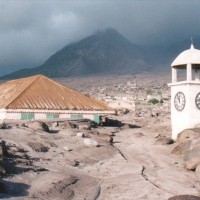

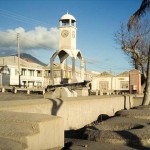

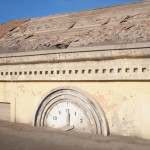


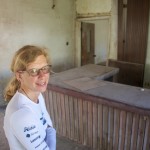
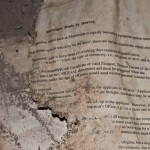
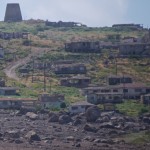
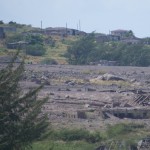
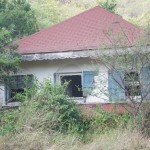
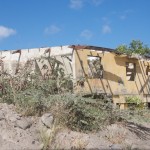
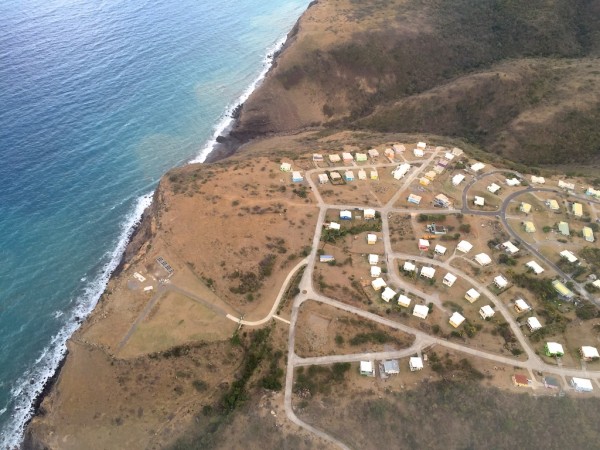
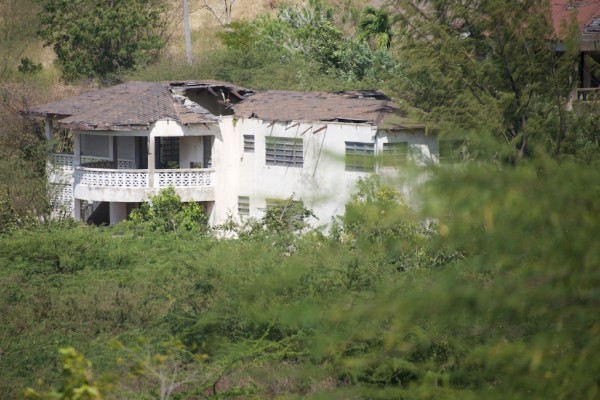
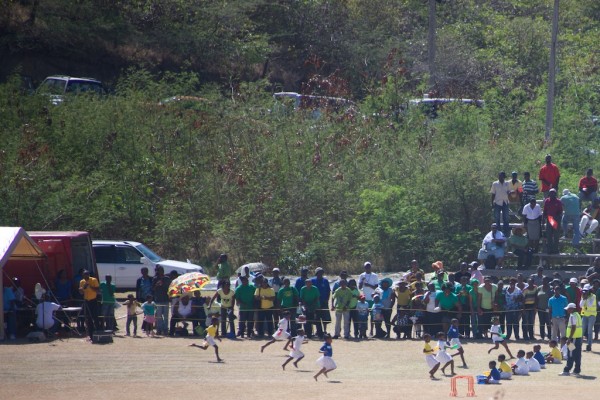
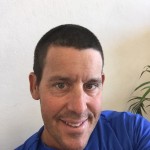
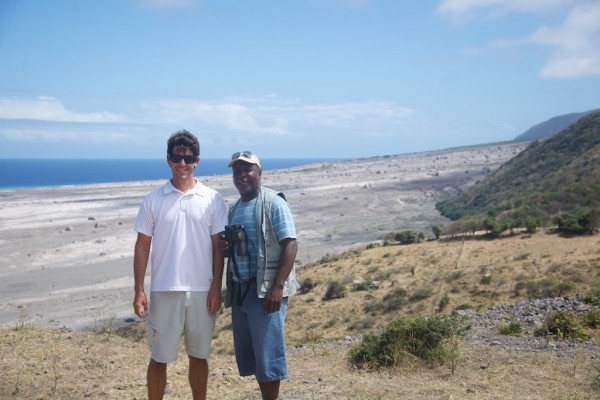
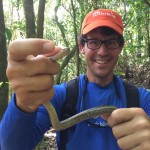
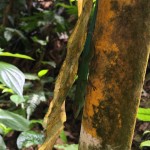
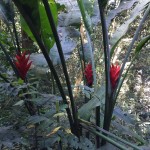
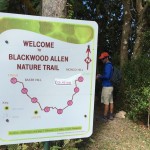
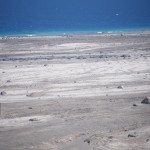
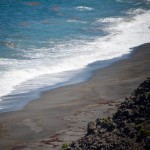
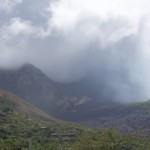

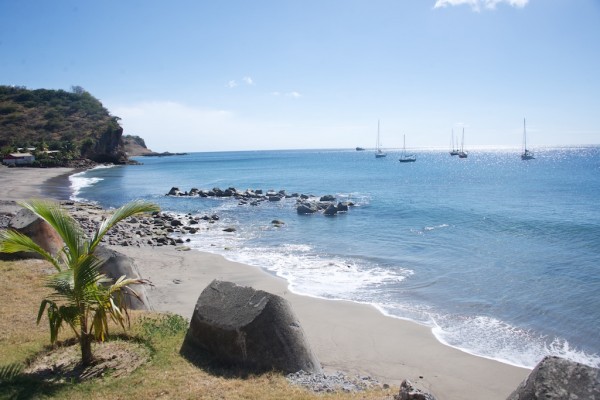


Comments are closed.